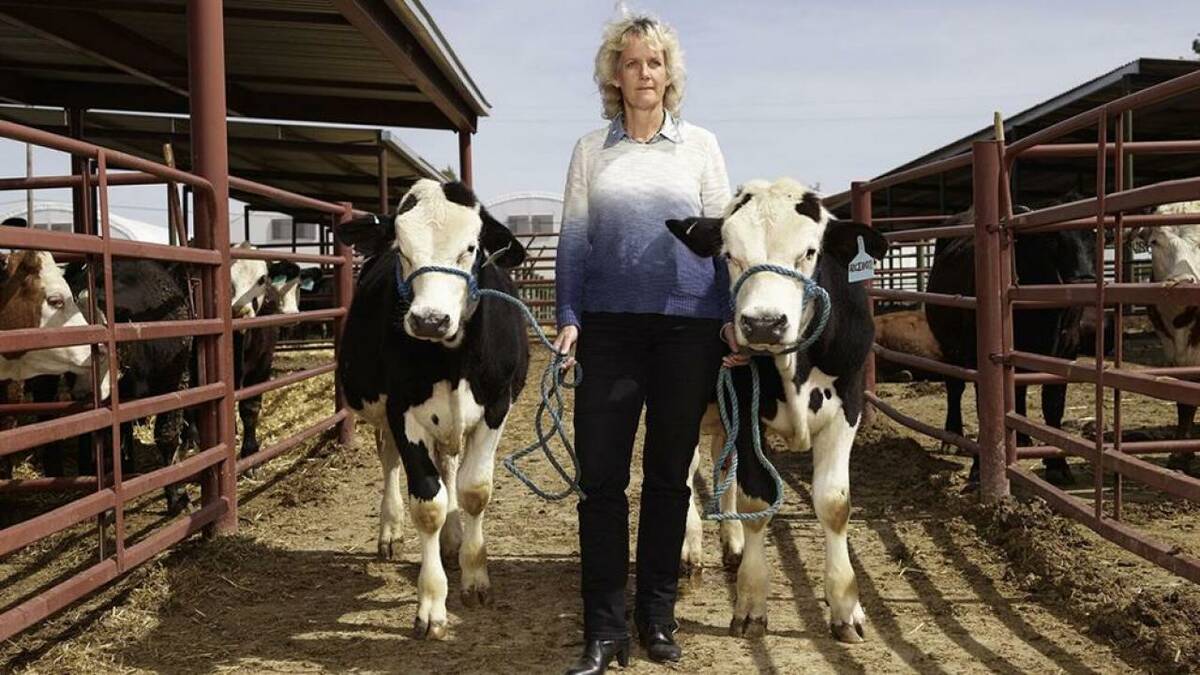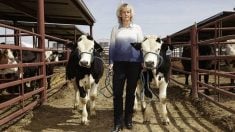Gary Davis reads the label off a snack food package to illustrate the
long list of ingredients that can be found in something as basic as a
bag of Cheezies.
Vegetable oil, cheddar cheese and salt appear on the ingredient listing
along with artificial flavour, lactic acid, colour and monosodium
glutamate.
Davis, who farms with his wife Llana and their son Brodie east of
Deloraine, Man., has nothing against Cheezies or the companies that
make them.
Read Also

Stacking Canada up on gene editing livestock
Canada may want to gauge how Argentina and other countries have approached gene editing in livestock and what that has meant for local innovation.
However, he is reluctant to eat foods containing ingredients that
sometimes do nothing more than add colour or increase the shelf life of
the product.
An interest in the health qualities of food led Davis and his family
into a farming experiment that tests the potential of finishing beef on
pasture without using grain to fatten the animals.
Three years into the venture, the Davises are raising enough
grass-finished beef for their own needs and have carved a small niche
market for the product.
Gary said making a profit is not as important to them as having control
over the food they eat.
“The reason we’re involved with grass-fed beef is for health,” he said.
“That’s the only reason.”
Some of the human health benefits of grass-finished beef include an
increase in omega 3 fatty acids, which can decrease the risk of heart
disease and cancer and an increase in conjugated linoleic acid, which
can stimulate the body’s immune system.
The Davises adhere to strict principles when raising pasture-finished
beef for slaughter. The animals will spend their entire lives on a
forage diet.
No antibiotics, paraciticides or growth-promoting hormones are used on
the animals. If a heifer or steer needs a vaccination, it won’t be
marketed as grass-finished beef.
“The only thing this animal got was an ear tag and it was castrated at
the time of birth,” said Davis, showing a picture of a steer raised to
1,460 pounds before being slaughtered.
When slaughter day arrives, effort goes into avoiding stress on the
animals.
If an animal becomes stressed, slaughter is postponed. Stress can lead
to a tough cut of beef.
During the Manitoba Grazing School last month in Brandon, Davis
outlined how his family raises grass fed beef:
- Cattle are chosen for efficient growth in a free range setting with
forages only.
- The calving season is in May and June on pasture. That timing puts
the high nutritional needs of the cows in step with the productivity of
the pasture.
- Heifers seem to finish better on pasture than steers. “Typically they
have a little bit smaller frame size and they tend to fatten easier,”
Gary said. The Davises are not particular about breeds, although most
of their herd is influenced by British varieties.
- The animals are kept until 26 to 28 months of age. During the last
three months their nutrition is steadily improved.
- The Davises have their own facilities where they dry-age the beef for
21 days before packaging. In Manitoba, they can legally process beef
for their own use. Beef that will be sold to customers must be
processed at a provincially or federally inspected abattoir.
Gary is among those who believe grass-finished, or pasture-finished,
beef is more likely to find niche markets rather than mainstream demand.
One of the challenges is developing consumer awareness of the health
benefits. Another question is whether consumers are willing to pay
enough to warrant the extra management involved with grass-finished
beef.
“Our goal here isn’t to get out there and charge $10 a pound,” said
Gary. The goal is a price that gives them fair compensation while still
making the product affordable.
The Davises use what they call relationship marketing to reach new
clients and to keep the ones they have.
That means getting to know the customers and their needs. It also means
letting customers become acquainted with the farm and the family.
Their customers know the animals were raised in a pasture setting
without the use of antibiotics and hormone implants. Their customers
also appreciate that they are buying from a family farm where
environmentally beneficial practices are used.
“They have to buy into the ownership of this whole project,” said Gary,
“because it’s really a land management project.
“We see grass as the best management tool for our land. Beef is the
harvester of that grass.”














